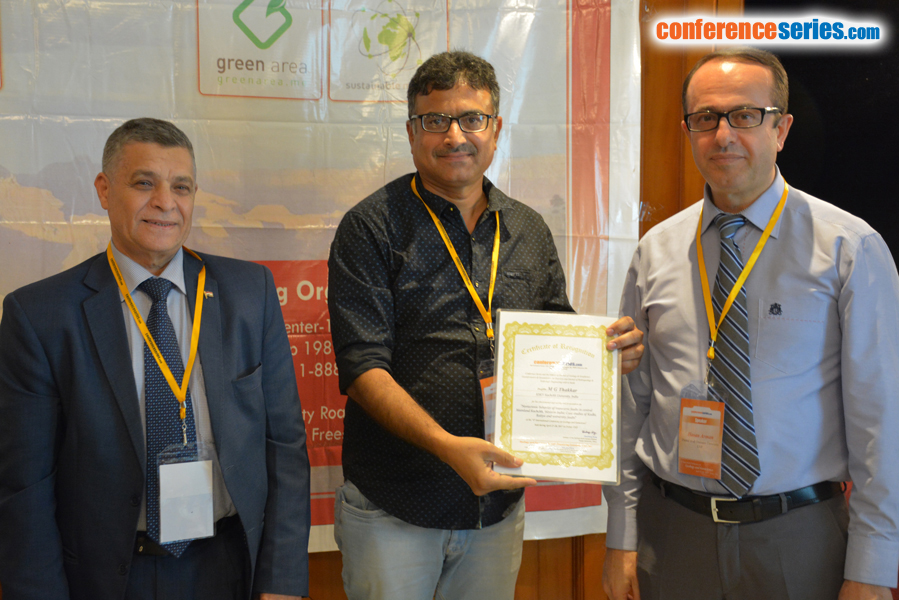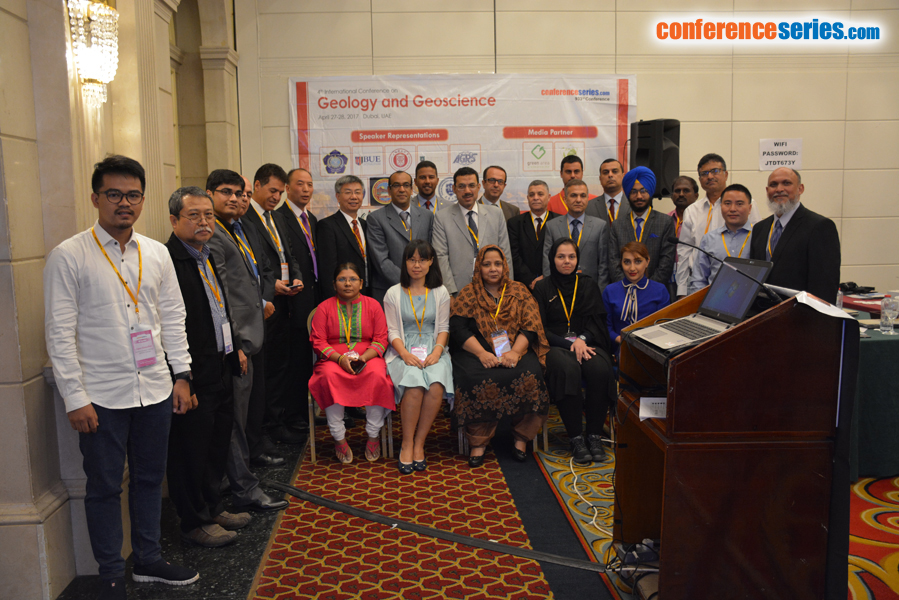
M G Thakkar
Krantiguru Shyamji Krishna Verma Kachchh University, India
Title: Neotectonic behavior of transverse faults in central Mainland Kachchh, Western India: Case studies of Kodki, Ratiya and university faults
Biography
Biography: M G Thakkar
Abstract
Kachchh is a pericratonic rift basin, traversed by E-W trending faults viz. Nagar Parkar Fault, Island Belt Fault, Kachchh Mainland Fault, South Wagad Fault, Katrol Hill Fault and North Kathiyawar Fault. These make the half-graben structures bounded by uplifts. Transverse faults trending N-S, NW-SE to NE-SW cut across the E-W tectonic fabric in dip-slip and strike slip manners. Central part of the Kachchh basin is affected by basement high known as Median high trending NNE-SSW. Neotectonics along the median high causes structural bending developing several N-S, NNW-SSE, NNE-SSW transverse faults, which form in the network of the law amplitude but extensive faults. The mainland is geographically divided into northern hill range and Katrol hill range flanked by the major faults. At places KMF and KHF are dissected by transverse faults of varying trends. Most transverse faults are caused by the structural bending of Median high. University fault, Ratiya Fault and Kodki faults are low amplitude faults developed as bending fractures on the crest of the Median High. These show geometry of normal, reserve and strike slip movement in the field. N-S trending Kodki fault shows normal nature forming graben and half-Graben structures, while NNE-SSW trending University fault is reverse forming a small scarp. Ratiya fault is oblique slip in nature evidenced by drainage offsetting and alluvial fan and debris deposits on the hanging wall, above the fault plane. Presently studied varied (normal, reverse and oblique slip) transverse faults are restricted to the Median High region between two major E-W trending reverse faults suggesting N-S and E-W compressive stresses. The studies suggest that in neotectonic movement in median high of Kachchh mainland has generated varied transverse faults due to multiple stress regimes during inversion phase. It needs detailed geodetic and structural analysis to know the sources of these tectonic forces.


